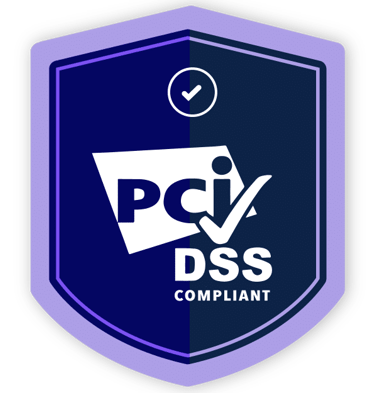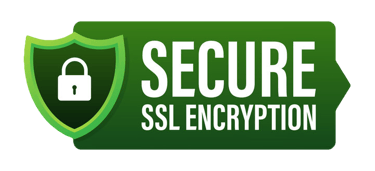What Is LUPA and How to Prevent It
Learn what LUPA means in home health, how it impacts Medicare reimbursement, and proven strategies to prevent it. Partner with HealthBridge Consulting to optimize compliance, scheduling, and documentation


Low Utilization Payment Adjustment (LUPA) is one of the most important financial and compliance factors in home health. For Medicare-certified home health agencies operating under the Patient-Driven Groupings Model (PDGM), a LUPA happens when a patient receives fewer visits than the assigned threshold during a 30-day payment period.
Instead of the full episode-based payment, the agency is reimbursed per visit — often resulting in a 50% to 75% revenue reduction for that payment period.
While LUPA directly affects your agency’s bottom line, it also reflects operational and scheduling issues that, if left unaddressed, can create compliance concerns and impact patient outcomes.
Why LUPA Matters for Home Health Agencies
1. Financial Impact
PDGM payments are designed to cover a full episode of care. Falling below the visit threshold means losing the bundled rate and accepting per-visit payment — which is far lower and may not cover staffing costs.
2. Compliance Implications
Frequent LUPA occurrences may raise red flags for Medicare auditors, especially if there are documentation inconsistencies or a pattern of missed visits. This can trigger medical review and possible repayment demands.
3. Patient Care Risks
Fewer visits can result in missed opportunities for:
Detecting changes in patient condition
Providing necessary education and interventions
Coordinating care with physicians and family members
Understanding LUPA Thresholds Under PDGM
Under PDGM, LUPA thresholds vary between 2 and 6 visits in a 30-day payment period. The exact threshold is determined by:
Clinical Grouping (e.g., wound care, cardiac, neuro)
Functional Impairment Level (low, medium, or high)
Admission Source (community or institutional)
Timing (early or late episode)
These factors are finalized once the OASIS assessment is completed and the HIPPS code is assigned.
Common Causes of LUPA in Home Health
Patient Refusals – Patients cancel or decline visits without rescheduling.
Hospitalizations – Mid-episode hospital admissions interrupt visit schedules.
Late Start of Care – Delays after referral can compress the time available for visits.
Scheduling Gaps – Poor coordination between disciplines or missed communications.
Documentation Errors – Incorrect OASIS data or HIPPS codes leading to misidentified thresholds.
Proven Strategies to Prevent LUPA
1. Identify the LUPA Risk Early
Complete OASIS documentation promptly.
Review LUPA thresholds at admission and share with the care team immediately.
2. Front-Load Visits When Clinically Appropriate
Schedule essential visits early in the episode to reach the threshold and deliver timely care.
For higher-risk patients, front-loading can also reduce rehospitalization risk.
3. Monitor Schedules in Real Time
Use scheduling software to track patients who are close to falling below threshold.
Have a daily huddle to review the LUPA watch list and make adjustments.
4. Educate Your Team on LUPA
Train clinicians, case managers, and schedulers on PDGM visit requirements.
Provide quick-reference tools showing thresholds by HHRG category.
5. Audit LUPA Cases Monthly
Conduct chart reviews for all LUPA episodes to identify trends.
Use findings to update scheduling protocols and patient communication strategies.
6. Communicate With Patients and Families
Explain the care schedule during admission.
Stress the importance of keeping visits for both health and insurance purposes.
7. Plan for Backup Coverage
Have float clinicians available for last-minute cancellations.
Cross-train staff so multiple team members can serve each patient.
How HealthBridge Consulting Helps Agencies Avoid LUPA
HealthBridge Consulting partners with home health agencies to build strong operational systems that reduce LUPA risk. Our services include:
Custom LUPA Prevention Plans tailored to your agency’s PDGM profile
Operational Audits to uncover gaps in scheduling, documentation, and coordination
Staff Training Programs on PDGM compliance, OASIS accuracy, and LUPA management
Technology & Workflow Integration to track thresholds and trigger alerts before LUPA occurs
Compliance Oversight to prepare for Medicare surveys and avoid repayment demands
By working with HealthBridge Consulting, agencies gain the tools and strategies they need to improve both clinical outcomes and financial performance.
The Bottom Line
Preventing LUPA is about more than meeting a number — it’s about aligning patient care, compliance, and agency operations. With the right processes, training, and oversight, agencies can:
Protect Medicare reimbursement
Maintain regulatory compliance
Deliver consistent, high-quality patient care
HealthBridge Consulting is here to guide you through every step — from initial LUPA analysis to ongoing prevention strategies. Contact HealthBridge Consulting today to protect your revenue and strengthen your home health operations.





